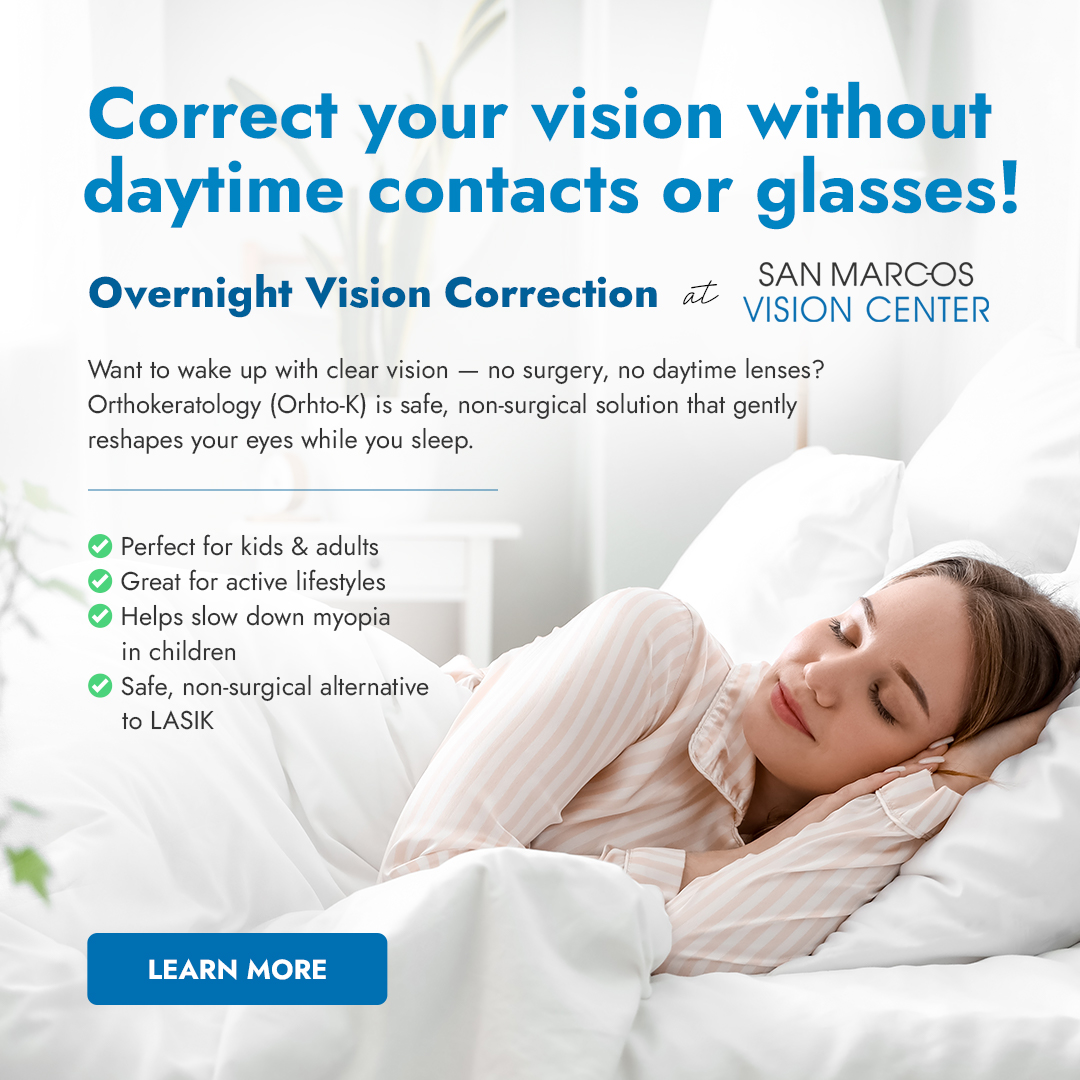
Aging is a natural process that affects all parts of the human body, and the eyes are no exception. The eyes are known as the windows to our world, giving us the gift of sight and allowing us to experience the colors, shapes, and beauty of our surroundings.
However, as age marches on, it can have profound effects on our vision and overall eye health. For some, the changes may be subtle – a modest increase in their glasses prescription or a slight difficulty discerning fine details. For others, the impact can be significant – resulting in severe vision loss or debilitating visual disorders.
Common Changes in Vision with Age
As we experience the aging process, it is crucial to understand the key areas that can impact our vision. Recognizing these changes can help us adapt to and manage the evolving visual landscape that comes with age.
Presbyopia
Presbyopia is often hailed as a telltale sign of aging. This condition is characterized by the stiffening and lack of flexibility of the eye's natural lens, making it increasingly hard to focus on objects close to us. This eyesight change commonly emerges between ages 40 to 50.
It marks its presence when small print on menus or phone screens becomes difficult to decipher without holding them further away. Tasks such as threading a needle or reading the fine print on medicine bottles suddenly feel challenging, and many find themselves reaching out for reading glasses to cope with this change.
Adapting to Light Intensity
As we grow older, the eye's pupil size tends to shrink and doesn't dilate as effectively in dim light conditions, reducing the amount of light coming into your eyes. This can make it difficult to adapt to changes in light intensity, causing discomfort and visual difficulties.
Rapid transitions from a bright outdoor environment to an indoor one or driving at dusk or during night can seem particularly demanding. Reading or focusing on tasks can also become challenging due to the need for more light, a particularly prevalent issue in seniors.
Changes in Color Perception
Aging can bring subtle changes to how we perceive colors. The clear lens inside the eye often yellows with age, which can cause colors to appear warmer than they actually are.
This color shift is significant enough that older individuals often struggle to discern between certain colors, specifically blues and purples. This can impact everyday tasks such as selecting ripe fruits, choosing color-coordinated clothing or differentiating between similarly tinted items.
Age-Related Eye Conditions and Diseases
Beyond the typical changes, aging increases the risks of developing certain eye conditions and diseases – many of which can eventually lead to vision loss. Below are some prevalent age-related eye conditions:
Cataracts
Cataracts are primarily an age-related condition wherein the lens of the eye becomes clouded, causing blurred or hazy vision. It's one of the leading causes of visual impairment globally. Although cataracts can be corrected with surgery, not everyone has access to this treatment.
Symptoms:
● Clouding of the eye's lens
● Blurred or hazy vision
● Poor night vision
● Enhanced glare sensitivity
● Changes to color perception
● Frequent adjustments to eyeglass prescription
Glaucoma
Glaucoma damages the optic nerve, which indeed impacts vision. This condition is often associated with a buildup of pressure in the eye. As it's a progressive disease, early detection and treatment are key to preventing severe vision loss.
Symptoms:
● Gradual loss of peripheral vision
● Tunnel-like vision in advanced stages
● Severe eye pain
● Nausea and vomiting
● Redness in the eye
● Patchy blind spots in central or peripheral vision
Age-Related Macular Degeneration (AMD)
AMD damages the macula, the part of the retina responsible for central vision. Over time, this leads to the loss of central vision, often leaving only peripheral vision intact.
Symptoms:
● Loss of central vision
● Blurred or darkened areas in the center of the visual field
● Straight lines appearing wavy or distorted
● Reduced color clarity
● Difficulty recognizing faces
● Increased need for brighter lighting when reading
Diabetic Retinopathy
Diabetic individuals are susceptible to this condition that affects the blood vessels in the retina. If not controlled well, it can lead to blindness.
Symptoms:
● Floating spots or dark strings in the visual field (floaters)
● Blurred vision
● Fluctuating vision
● Impaired color perception
● Dark or empty areas in the vision
● Vision loss
Dry Eyes
Dryness in the eyes is common with age. An adequate amount of tears is necessary for maintaining eye health and clear vision. If you're experiencing this ailment, your vision may appear blurry.
Symptoms:
● A stinging or burning sensation in the eyes
● Foreign body sensation or scratchiness
● Discharge or crusting around the eyes
● Discomfort when wearing contact lenses
● Increased sensitivity to light
● Sometimes, increased tearing a compensatory response
Preventive Measures
Taking care of our eyes is as vital as any preventative healthcare measure. Here we discuss in more detail some of the key steps you can take to help maintain eye health and mitigate the risks of aging-related visual impairments.
Regular Eye Examinations
Regular eye examinations are non-negotiable when it comes to preserving eye health into old age. Such check-ups play a crucial role in the early detection and treatment of potential eye diseases before they can cause significant damage.
During an eye exam, the optometrist doesn't just check your prescription for glasses or contact lenses; they also check your eyes for common diseases, assess how your eyes work together, and gather information about your overall health. It's recommended to have comprehensive eye exams every one to two years or as advised by your eye care professional, especially after reaching the age of 60.
Adherence to a Healthy Lifestyle
A balanced, nutrient-rich diet, repleting physical exercise can significantly aid in preventing eye diseases. Consuming foods rich in omega-3 fatty acids, lutein, zinc, and vitamins C and E are particularly beneficial for maintaining good eye health.
This translates to a diet staple comprising green leafy vegetables, fish, fruits, and nuts—a diet mirrored in the Mediterranean lifestyle. Regular exercise, meanwhile, improves blood circulation, which, in turn, improves oxygen levels in the eyes and aids in the removal of toxins.
Quit Smoking
Quitting smoking is another critical factor in eye health preservation. Smoking accelerates the aging of your eyes and is linked with many eye diseases, including Age-Related Macular Degeneration (AMD), cataracts, glaucoma, Diabetic retinopathy, and Dry Eye Syndrome. By leaving this habit behind, you reduce the risks of these diseases and increase your chances of maintaining good vision well into your golden years.
Use Eye Protection
Lastly, protecting your eyes from harmful external threats such as UV rays and potential injuries is a wise preventative measure. Overexposure to the sun's UV rays can increase the risk of developing cataracts and AMD.
Hence, wearing sunglasses that block out 99 to 100% of UVA and UVB radiation helps shield your eyes from this risk. In environments where eye injuries can occur, such as certain workplaces or sports fields, using safety eyewear can significantly help prevent trauma to the eyes.
By being proactive in our approach and developing habits like regular eye check-ups, adopting a healthy lifestyle, quitting smoking, and using adequate eye protection, we have the power to secure our vision and overall eye health throughout our lives.
Conclusion
Aging is an inevitable process with profound effects on our eye health. Understanding these changes, staying up-to-date with annual eye examinations, embracing a healthy lifestyle, and protecting our eyes are fundamental to maintaining our vision and overall eye health as we age. Despite the age-related challenges our eyes may encounter, remember that aging need not equate to losing sight. With the right measures in place, we can continue to appreciate the beauty that sight offers well into our golden years.

 Specialty Contacts
Specialty Contacts Refer A Patient
Refer A Patient





